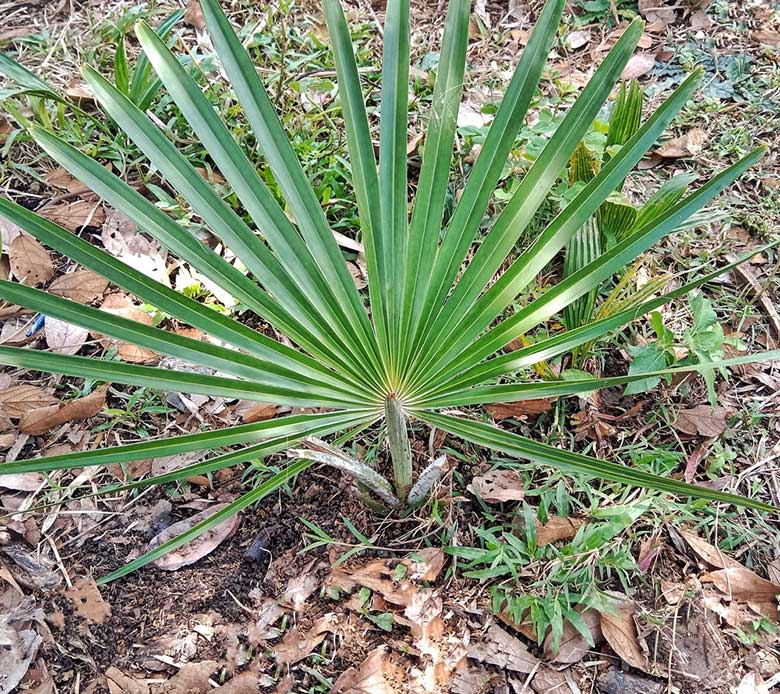Texas Palmetto
By Innovation Grounds
The Texas Palmetto (scientific name: Sabal texana) is a species of palmetto, a type of palm tree native to parts of Texas and northeastern Mexico. It’s known for its distinctive fan-shaped leaves and its adaptation to the subtropical climate of the region.
General Description:
- Common Name: Texas Palmetto, Texas Sabal Palm
- Scientific Name: Sabal texana
- Family: Arecaceae (Palm family)
- Genus: Sabal
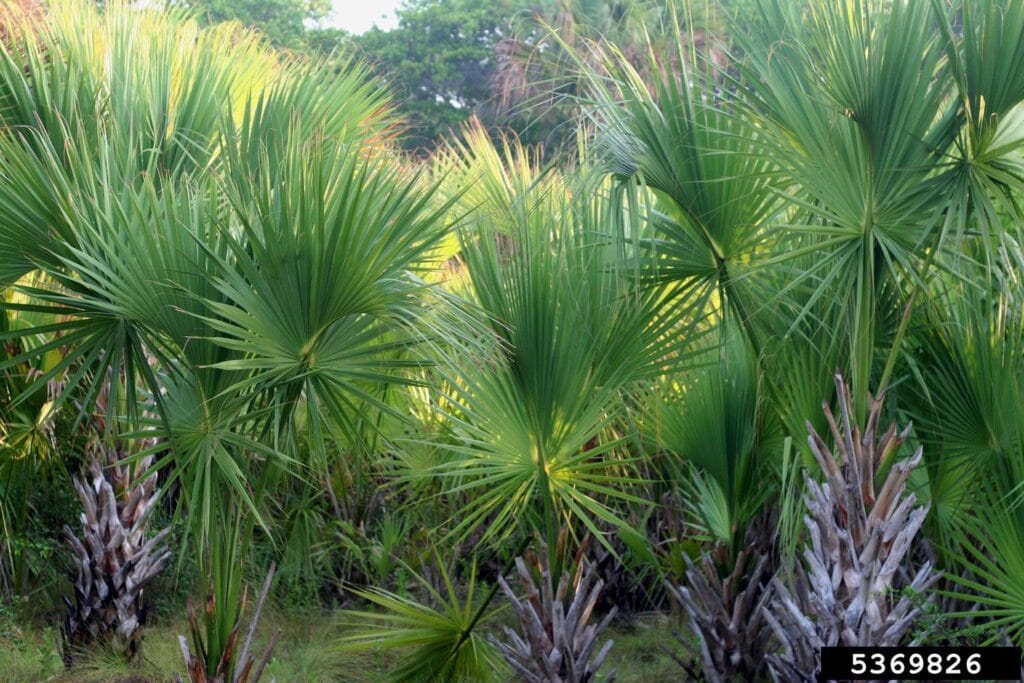
Characteristics:
- Size: The Texas Palmetto can grow up to 20 feet (6 meters) tall, but typically it ranges between 10 to 15 feet (3 to 4.5 meters).
- Leaves: The fan-shaped leaves (palmate leaves) are typically 3-4 feet (90-120 cm) wide and are clustered at the top of the trunk. The leaves are deep green with a slight blue tint on the underside.
- Trunk: The trunk is usually slender and columnar, with the tree’s height varying depending on environmental conditions. Older trees tend to develop a slightly rough, fibrous trunk with a texture resembling that of other palmetto species.
- Flowers: The flowers are small, cream-colored, and are borne in large, branched clusters (panicles) in the spring and summer.
- Fruit: The fruit is a small, dark blackish-blue drupe (berry), about the size of a small olive, that ripens in late summer or fall.
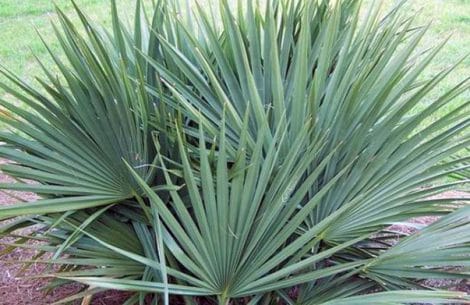
Habitat and Range:
- Native Range: The Texas Palmetto is native to the Rio Grande Valley in southern Texas, particularly along the lower Rio Grande River, and parts of northeastern Mexico.
- Habitat: This species thrives in subtropical environments, especially in areas with moist, well-drained soils, such as riverbanks, wetlands, and coastal areas. It is typically found in regions that experience mild to warm temperatures.
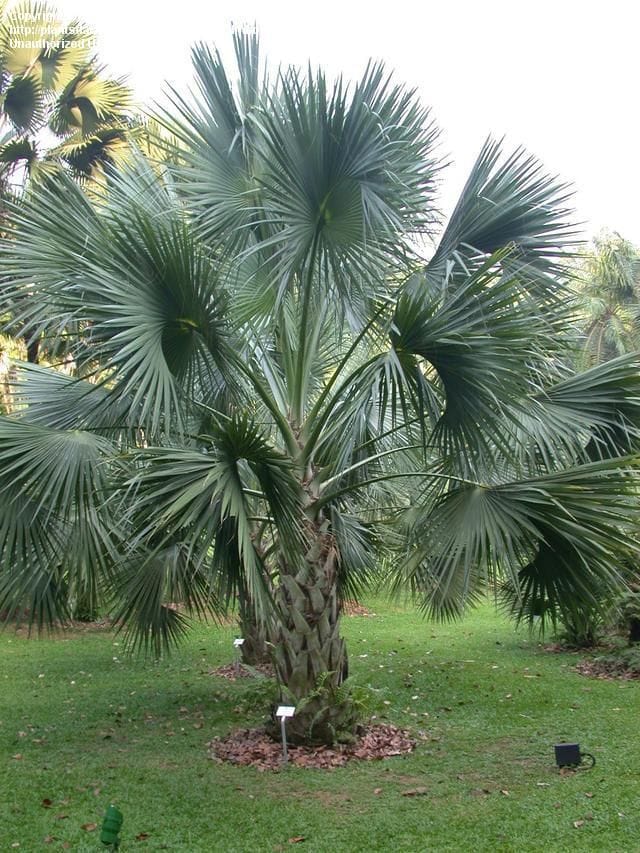
Growth and Care:
- Climate: The Texas Palmetto is well-suited for warm, subtropical climates and can tolerate mild freezes. It is more cold-hardy than some other species of Sabal palms, but it is still best suited to USDA hardiness zones 8b to 11.
- Watering: This palm requires regular watering but can tolerate brief dry spells. It thrives in areas with moderate to high humidity.
- Soil: It prefers well-drained soil, including sandy or loamy soils, but it can tolerate slightly saline or alkaline conditions.
- Sunlight: Full sun to partial shade is ideal. It will perform best when it receives at least 4-6 hours of direct sunlight per day.
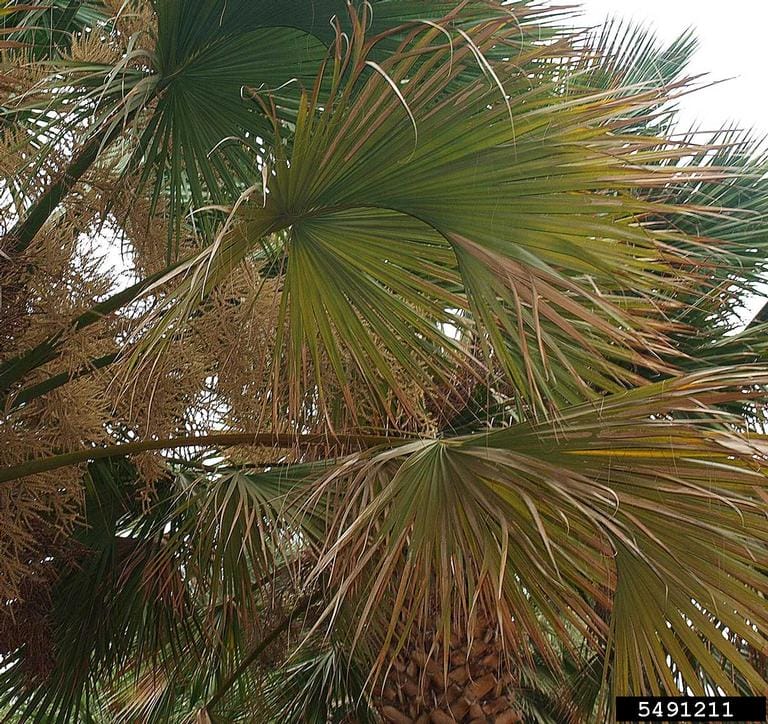
Ecological Importance:
- Wildlife: The Texas Palmetto is an important part of the local ecosystem, providing food and shelter for wildlife. Its fruit is consumed by various birds, and its dense leaves can offer nesting sites for small animals.
- Conservation: It is not considered an endangered species, but its native habitat is under pressure due to urban development and habitat loss. Efforts are underway to conserve the species and its environment.

Uses:
- Landscaping: The Texas Palmetto is commonly used in landscaping for its aesthetic appeal, particularly in subtropical and warm-temperate regions. It makes a striking focal point in gardens, parks, and along roadsides.
- Cultural Significance: The Texas Palmetto is the official state tree of Texas and holds cultural importance in the region, often symbolizing the state’s unique natural beauty.
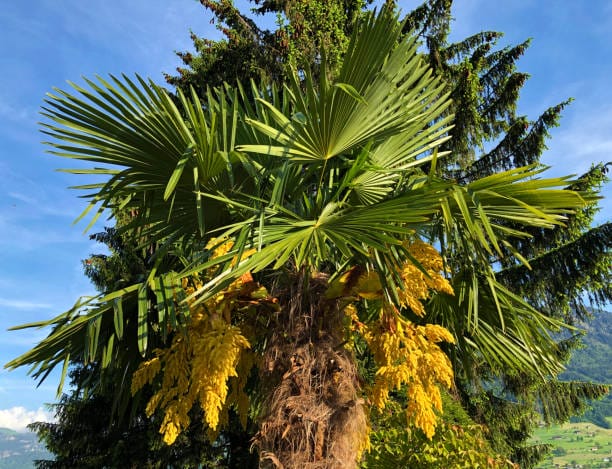
Potential Problems:
- Pests: Texas Palmetto is relatively pest-resistant, but it may occasionally suffer from scale insects, mealybugs, and other common palm pests.
- Diseases: Fungal infections, such as leaf spot or root rot, can occasionally affect Texas Palmettos, particularly if grown in areas with poor drainage or excessive moisture.

Propagation:
- Seed: Texas Palmettos are typically propagated by seed, which can be collected when the fruit is ripe. Seeds should be cleaned and soaked before planting. Germination may take several months.
- Offsets: Offsets (young shoots that grow at the base of the parent plant) can also be used for propagation by carefully separating them from the main plant.
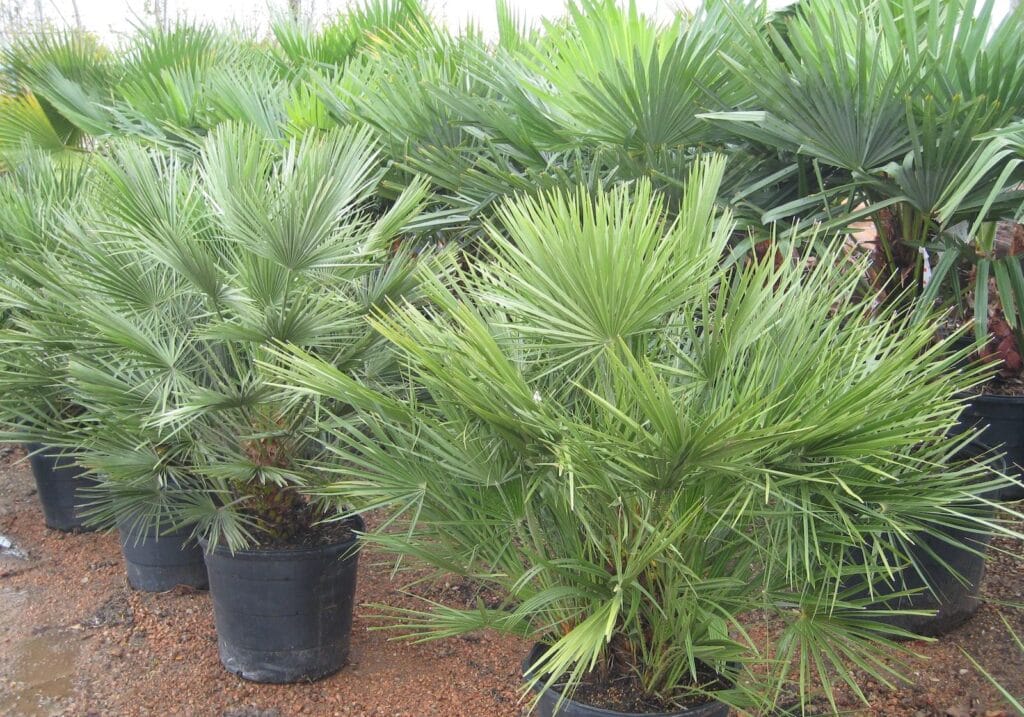
Fun Fact:
Texas Palmettos have been important to the history of the region, especially in indigenous cultures, where the leaves were sometimes used to make mats, baskets, and thatch for roofs.
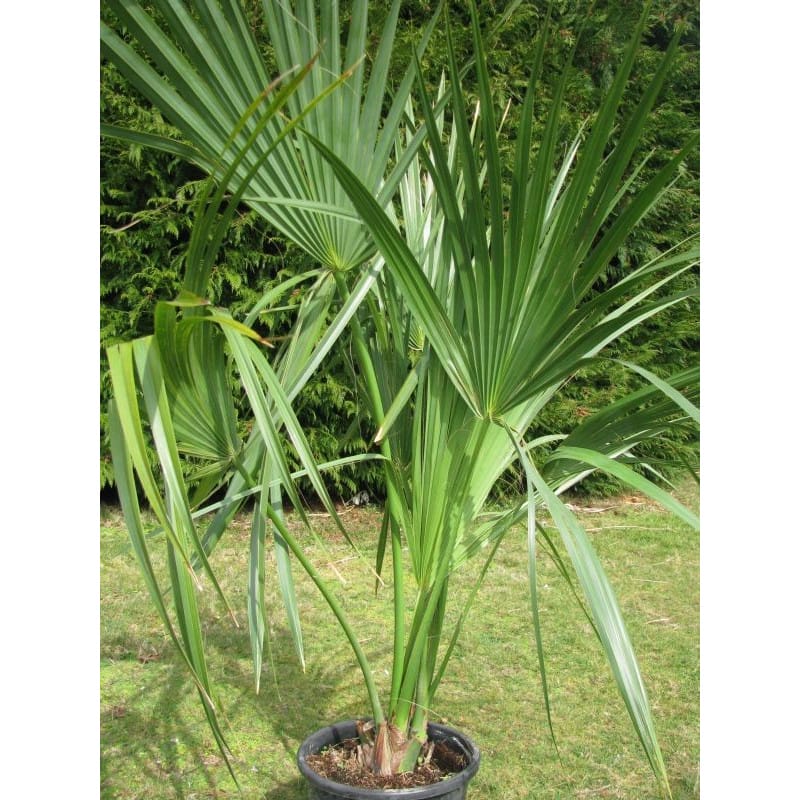
Summary
In summary, the Texas Palmetto is a hardy and adaptable species that plays an important role in Texas’ ecosystem and is valued for its beauty and historical significance. It’s relatively easy to grow in the right conditions and provides many ecological benefits while being a symbol of the state.
